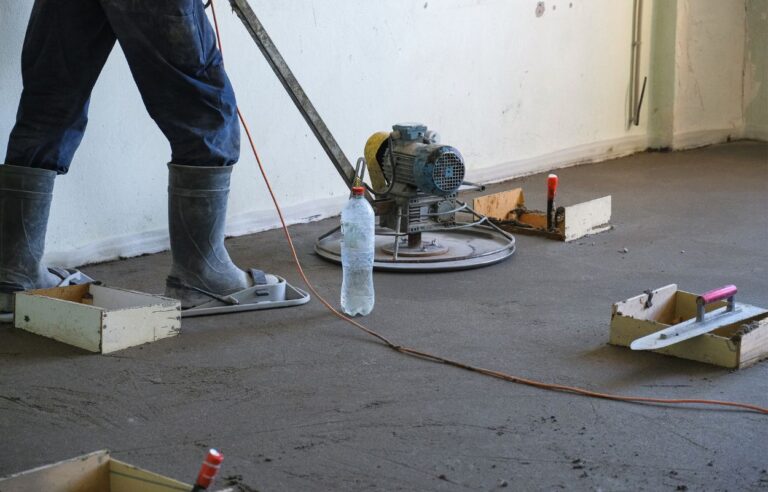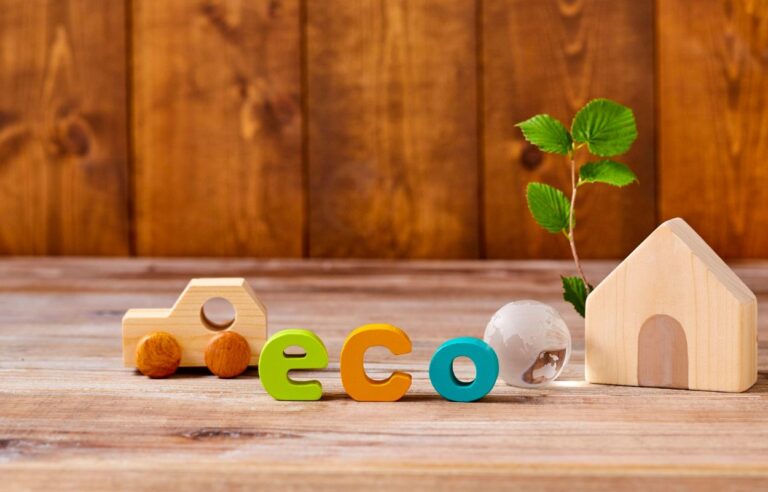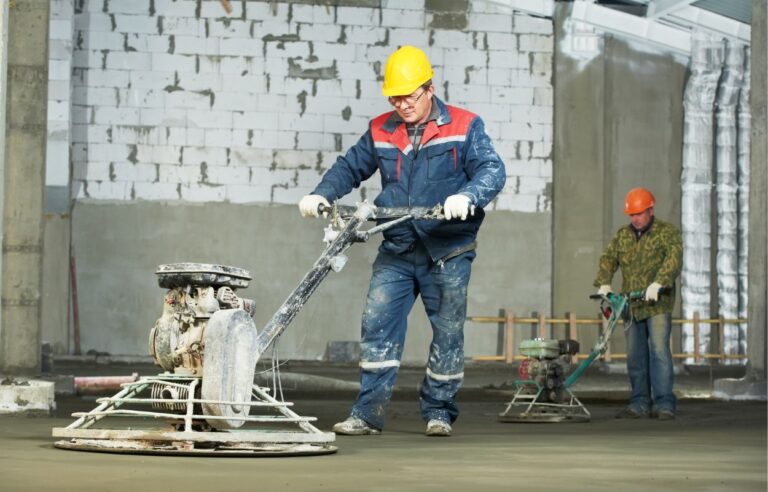In recent years, the construction and demolition industry has seen a significant shift towards deconstruction as a preferred method for handling old buildings. Deconstruction, the process of carefully dismantling structures to salvage materials for reuse, offers numerous environmental, economic, and social benefits. Here’s a deep dive into why the industry is increasingly leaning towards deconstruction and what it means for the future of urban development.
1. Environmental Benefits
Waste Reduction:
-
Traditional demolition generates vast amounts of waste, with much of it ending up in landfills. Deconstruction can divert up to 90% of this waste by salvaging materials like wood, bricks, metals, and fixtures for reuse or recycling. This significantly reduces the strain on landfill sites and minimizes the environmental footprint of construction projects.
Resource Conservation:
-
Deconstruction promotes the reuse of building materials, which conserves natural resources. By reusing materials, the industry reduces the need for new raw materials, thereby preserving forests, reducing mining activities, and lowering energy consumption associated with manufacturing new products.
Reduced Carbon Emissions:
-
The production and transportation of new building materials contribute to greenhouse gas emissions. Deconstruction mitigates this by reusing existing materials, thus reducing the carbon footprint associated with new material production and transportation. This aligns with global efforts to combat climate change by lowering carbon emissions.
2. Economic Advantages
Cost Savings:
-
While deconstruction can be more labor-intensive and time-consuming upfront, it offers long-term cost savings. Salvaged materials can be sold or reused in new projects, offsetting the initial costs. Additionally, tax incentives and credits for donating reusable materials can provide significant financial benefits.
Job Creation:
-
Deconstruction is a labor-intensive process that creates more jobs compared to traditional demolition. It requires skilled workers to carefully dismantle buildings and sort materials, providing employment opportunities and stimulating the local economy.
Market for Reclaimed Materials:
-
There is a growing market for reclaimed building materials, driven by the demand for sustainable and eco-friendly products. Architects, builders, and homeowners are increasingly seeking out reclaimed materials for their unique character and environmental benefits. This market growth further incentivizes deconstruction.
3. Social and Community Benefits
Historic Preservation:
-
Deconstruction allows for the preservation of historic and culturally significant materials that might otherwise be lost in traditional demolition. These materials can be reused in restoration projects, helping to maintain the historical integrity and character of communities.
Community Development:
-
Salvaged materials from deconstructed buildings can be donated to non-profits and community organizations, supporting affordable housing projects and community initiatives. This not only benefits those in need but also fosters a sense of community and shared responsibility for sustainable development.
Health and Safety:
-
Deconstruction is often safer than traditional demolition. It involves controlled dismantling, which reduces the risk of accidents and exposure to hazardous materials like asbestos and lead. This approach ensures the safety of workers and nearby residents.
4. Regulatory and Policy Drivers
Government Incentives:
-
Many governments are recognizing the benefits of deconstruction and offering incentives to encourage its adoption. These incentives can include grants, tax breaks, and streamlined permitting processes for deconstruction projects.
Environmental Regulations:
-
Stricter environmental regulations and policies aimed at reducing construction waste and promoting sustainability are driving the industry towards deconstruction. Compliance with these regulations is becoming increasingly important for construction companies, making deconstruction an attractive option.
Sustainable Building Certifications:
-
Certifications like LEED (Leadership in Energy and Environmental Design) reward projects that incorporate sustainable practices, including deconstruction. Achieving these certifications can enhance a company’s reputation and marketability, further encouraging the shift towards deconstruction.
5. Technological Advancements
Improved Techniques and Tools:
-
Advances in technology have made deconstruction more efficient and cost-effective. Specialized tools and equipment designed for careful dismantling, along with improved methods for sorting and processing salvaged materials, have streamlined the deconstruction process.
Data and Analytics:
-
The use of data and analytics in construction planning allows for better identification of salvageable materials and more efficient project management. This data-driven approach helps maximize the benefits of deconstruction and minimize waste.
Conclusion
The construction and demolition industry’s shift towards deconstruction is driven by a combination of environmental, economic, social, and regulatory factors. Deconstruction offers a sustainable alternative to traditional demolition, reducing waste, conserving resources, and providing significant economic and community benefits. As awareness of these benefits grows and technological advancements continue to improve the process, deconstruction is poised to become the standard practice in the industry. Embracing deconstruction is not only a smart business move but also a crucial step towards building a more sustainable and resilient future.





